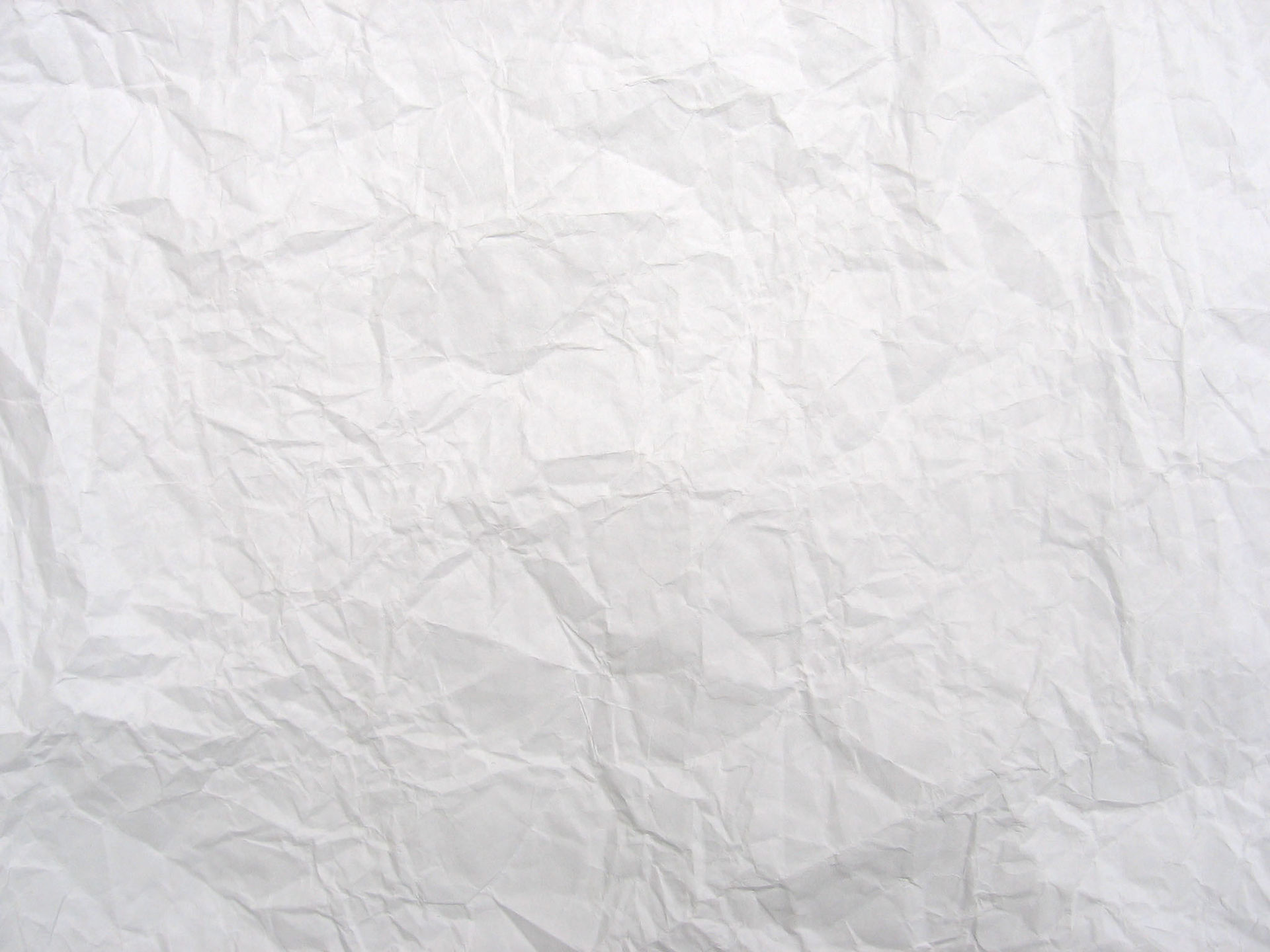
15. Embellishing tones
Embellishing tones are notes that are not part of the chords you're using and they can be used to add variety or interest to your melodies. As these notes are not part of your harmony, they can add a bit of dissonance with the rest of your chords, and that can sometimes be a nice touch to add. But as they are dissonances, they are, not always, but often used on a weak beat. If they happen on a strong beat, it's said that they accentuated.
Anyways depending on the context, these embellishing tones can wear different names.
1 - neighbour tones/auxiliary tones
Auxiliary tones are notes that would come from a note of your harmony, move up or down to a tone next to it, and then resolves on the starting note, that was part of your chord.

For example, we have this chord progression

If we add a neighbour tone to the top E in both chords, it could be something like this

These notes we added are the neighbour tones.
These neighbour tones can also be double, then you would have 2 extra notes, one above and one bellow, before going back to your original note.

2 - Passing tone
A passing tone is a note that comes from a note of your chord, then moves up or down a step, and resolves by going in the same direction to another note of your chord. That can be the same chord that the first one or a different chord.

For exemple we have this chord progression.

We can add a passing tone between the top notes during the Am chords, or between the top notes during the Em and Bdim chords.

You could also use more than one passing note to go from one note to another. This is very close to the concept Jacob Collier uses to explain how he uses micro-tonality in some of his compositions.
"It's not like G and then the course of G and F# isn't G and F#. It's more like you erase all idea of notatable harmony, and you just think "I'm in G and my destination is E" so I go "ba da da da da". You divide it equally up, you know. Into more than five.
If you could do that, all that matters is that you're aiming the place. All that matters is that you're arriving in a place, it doesn't matter how you get there".
3 - Escape tone
An escape tone is similar to the first two. It is a note that comes from a note of your chord, then moves up or down a step, and resolves by going in the opposite direction, with a skip, to another note that is part of your chords.

For example if we have this chord progression.

We can add a escape tone between the two first top notes note by going up and then down, or between the two last to notes by going down and then up. Each time with a skip.

4 - Anticipation and suspension
Anticipation and suspension occur when the harmony shifts from one chord to another, but all the notes of these chords don't change at the same time.
If one note is played early, before the rest of the chord, it is an anticipation.
And if one note is delayed and comes after the rest of the chord, that's a suspension

If you remember the sus2 and sus4 chords we talked about like two episodes ago, I said that they were originally transition chords. This is exactly where they can occur.

5 - Appoggiatura
The Appoggiatura is a bit like an unprepared neighbour tone. It is a non-chord note, so a note that is not part of your chord, that resolves to a note of your chord by going up or down a step. This embellishing tone is usually, but not exclusively, on a strong beat.
So when you want to add an Appoggiatura to a note, you would start with the note just below or above it, before going to the note that is part of your chords. The time value of the appoggiatura is subtracted from the time value of the principal note, Which means that the Appoggiatura delays the appearance of the principal note.

For example if I want to add an Appoggiatura to this note...

I could add this note to the beginning of it.

And this wraps up the 5 embellishing tones I wanted to share with you today.